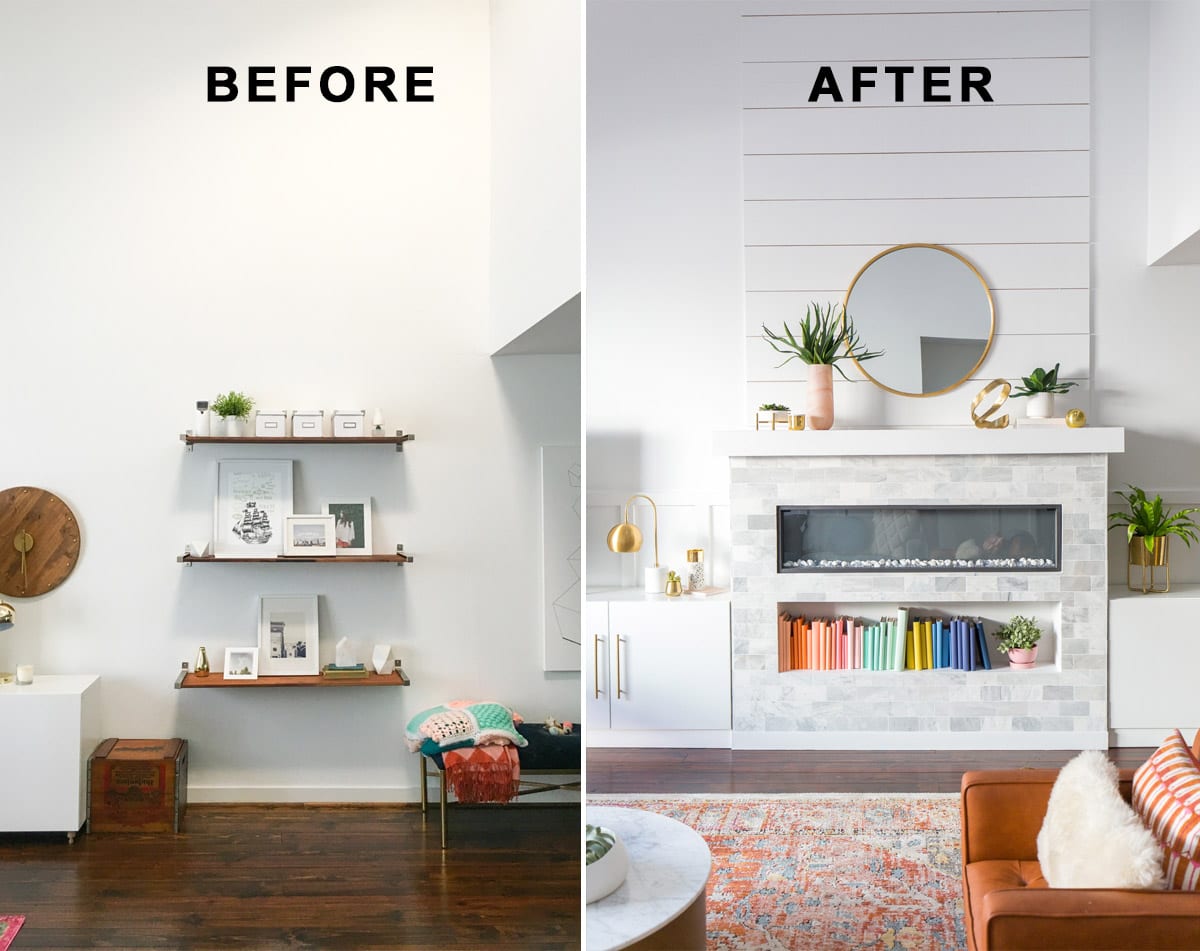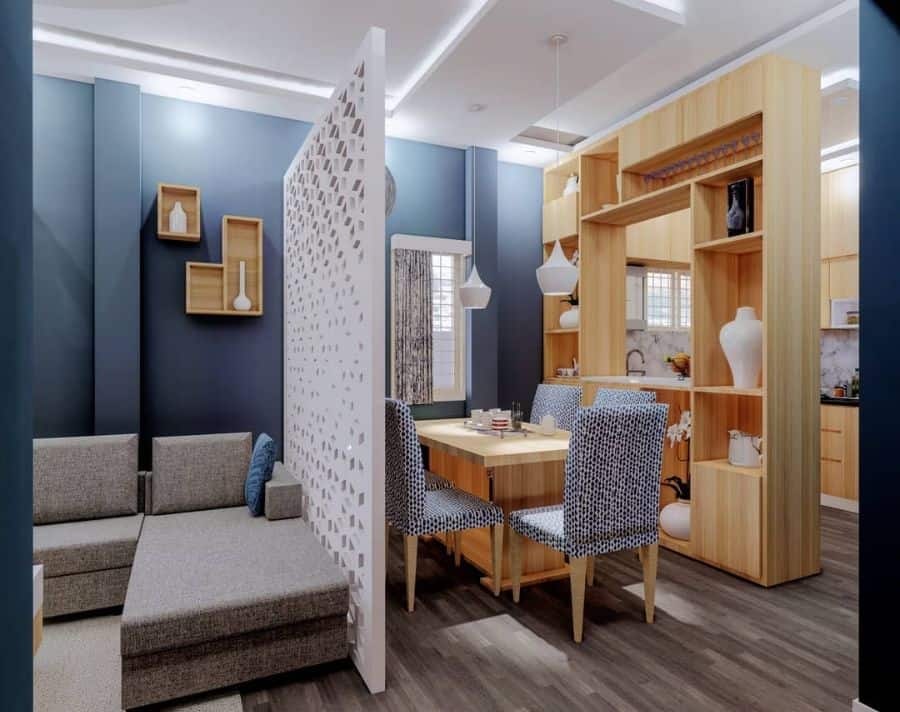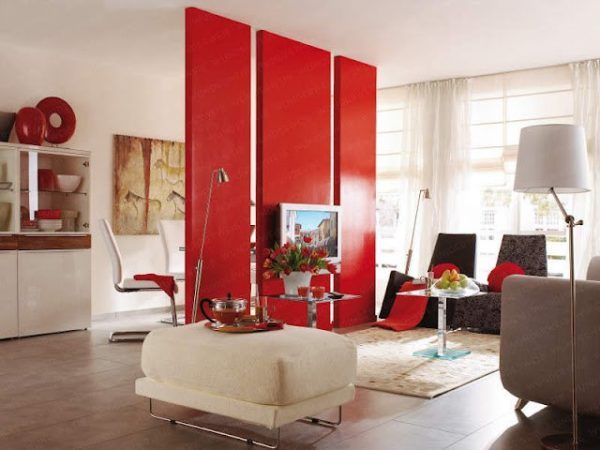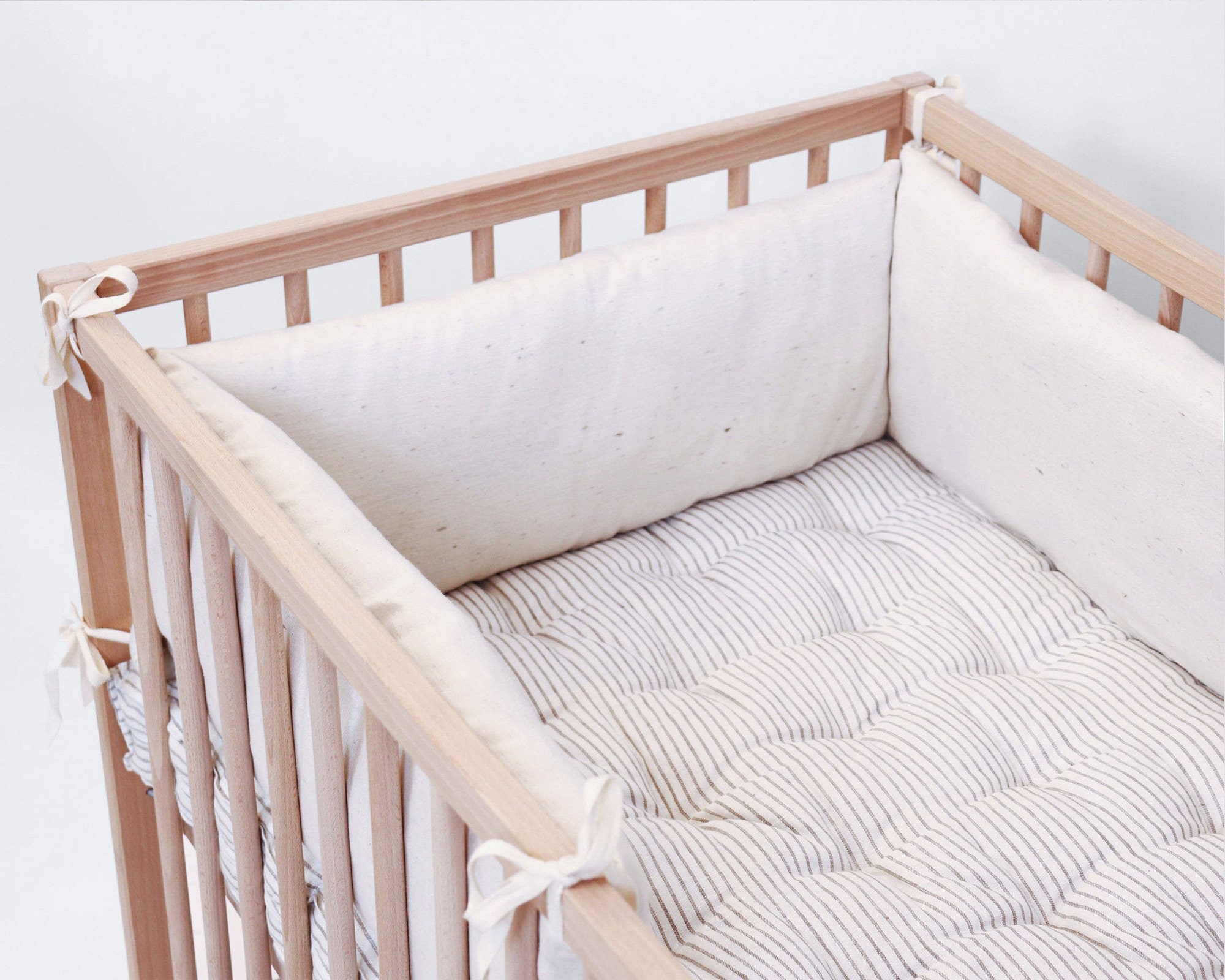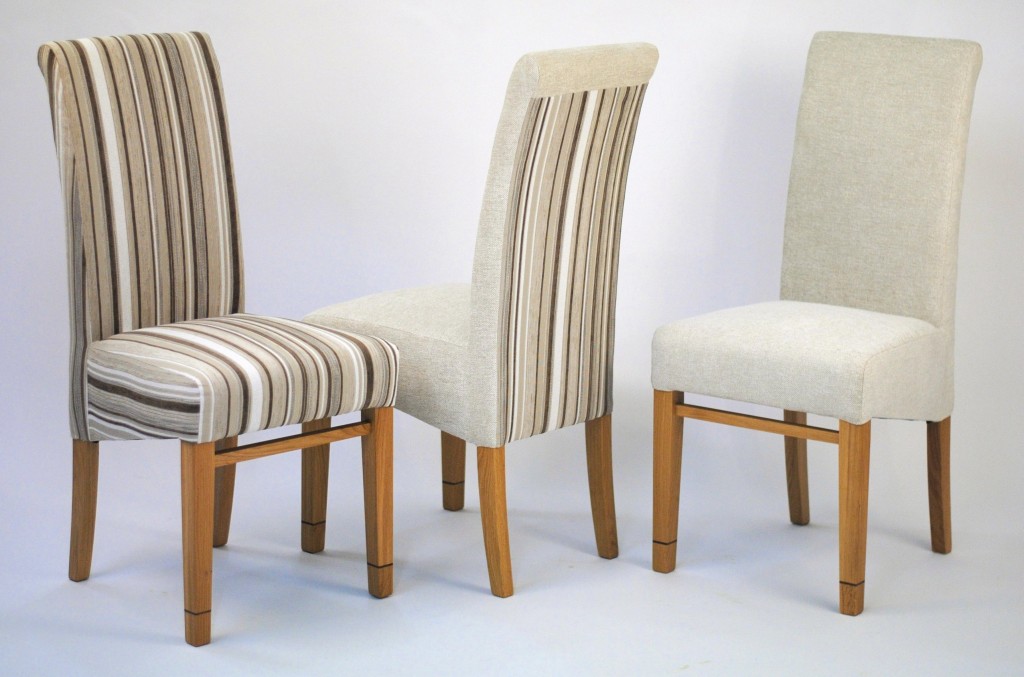Are you tired of your living room feeling cluttered and cramped? Do you wish you had a separate space for entertaining and relaxing? The solution may be to split your living room into two functional areas. With some creative thinking and smart design choices, you can transform your living room into a multi-functional oasis. Here are some tips and tricks to help you get started. One of the easiest and most cost-effective ways to divide a living room is by using furniture. Choose a large bookshelf, room divider, or even a sofa to create a physical separation between the two spaces. This not only adds visual interest to the room but also provides storage and functionality. You can also use rugs to create separate areas within your living room. Choose two different rugs to define each space and tie them together with a common color scheme or pattern. This will help to visually separate the two areas while still maintaining a cohesive look. An often overlooked option for splitting a living room is using plants. Large, leafy plants can act as natural dividers and add an organic touch to your space. Choose plants of varying heights and textures to create a sense of depth and interest.1. Splitting a Living Room: Tips and Tricks for Creating Two Functional Spaces
Building a wall to divide a living room is not only expensive but also a permanent solution. If you're looking for a more flexible option, there are plenty of ways to create a sense of separation without actually building a wall. One option is to use curtains. Hang a curtain rod from the ceiling and choose curtains that complement your living room decor. This will not only create a physical separation but also add a touch of drama to your space. Another option is to use screens or folding room dividers. These can easily be moved and adjusted to fit your needs, making them a versatile choice for splitting a living room. Choose a screen with a bold pattern or color to add a statement piece to your room. If you have a large living room, consider using a large piece of artwork as a focal point to divide the space. This not only adds visual interest but also provides a sense of separation between the two areas.2. How to Divide a Living Room Without Building a Wall
Splitting a living room doesn't mean you have to sacrifice style or functionality. In fact, with some creative thinking, you can create two distinct spaces that serve multiple purposes. One idea is to create a home office within your living room. Use a desk and chair to define the space and add some shelves or a filing cabinet for storage. This allows you to have a dedicated workspace while still being in the comfort of your living room. If you love to entertain, consider creating a bar or lounge area within your living room. Use a bar cart and some comfortable seating to define the space and add some fun and sophistication to your room. If you have kids, you can also use splitting a living room to create a playroom. Choose storage solutions that double as seating and add some colorful rugs and toys to create a fun and functional space for your little ones.3. Creative Ways to Split a Living Room for Multi-Functional Use
There are many benefits to splitting a living room into two separate spaces. Not only does it allow for more functionality, but it also adds visual interest and can even make your living room feel larger. By creating two separate areas, you can also cater to different needs and preferences. One person may want to watch TV while the other reads a book or works on a hobby. Splitting the living room allows for both to be done comfortably in the same space. Another benefit is that you can personalize each space to fit your specific needs and style. One area can be more formal and elegant, while the other can be more casual and relaxed. This adds a unique touch to your living room that reflects your personality and lifestyle.4. The Benefits of Splitting a Living Room into Two Separate Spaces
Splitting a living room doesn't have to break the bank. There are plenty of DIY room divider ideas that you can try to create a sense of separation in your space. One idea is to use old doors or shutters to create a unique and rustic room divider. You can paint them or leave them as is for a vintage look. Another option is to use pallets to create a stacked wall that acts as a divider and also provides additional storage. If you're feeling crafty, you can also make your own macrame room divider using rope or yarn. This adds a bohemian touch to your living room and can be customized to fit your space perfectly.5. DIY Room Divider Ideas for Splitting a Living Room
When splitting a living room, it's important to consider the furniture arrangement to make the most of your space. Start by determining the focal points of each area, such as a fireplace or TV, and arrange the furniture accordingly. To create a sense of flow and continuity, make sure there is enough space between the two areas for easy movement. You can also use furniture to create a pathway between the two spaces, such as a sofa facing each other with a coffee table in between. Consider using furniture with built-in storage, such as an ottoman or a storage bench, to maximize space and eliminate clutter in both areas.6. Maximizing Space: Splitting a Living Room with Furniture Arrangement
While splitting a living room can be a great solution for creating two functional spaces, there are some dos and don'ts to keep in mind to ensure the process goes smoothly. Do consider the flow and functionality of each space. Make sure there is enough room for movement and that each area serves a specific purpose. Don't forget to incorporate a cohesive design scheme. Use similar colors, patterns, and textures in both areas to create a sense of unity and balance in the room. Do use lighting to define each space. Use different types of lighting, such as a floor lamp in one area and a pendant light in the other, to create distinct zones and add ambiance to each space. Don't overcrowd the room with too much furniture. Keep it simple and streamlined to avoid a cluttered and overwhelming look.7. The Dos and Don'ts of Splitting a Living Room
One of the main benefits of splitting a living room is creating a sense of privacy and coziness in your space. With some thoughtful design choices, you can transform one area into a private sanctuary. Add some curtains or screens to create a sense of seclusion and intimacy. You can also use lighting, such as string lights or candles, to create a cozy and warm atmosphere in your private space. Incorporate comfortable and plush seating, such as a chaise lounge or bean bag chair, to create a welcoming and relaxing spot to retreat to. You can also add some personal touches, such as photos or artwork, to make the space feel truly yours.8. How to Create a Cozy and Private Space by Splitting a Living Room
If you're still unsure about splitting your living room, take a look at some before and after transformations for inspiration. You'll be amazed at how splitting a living room can completely transform the look and feel of a space. From a cluttered and cramped room to a stylish and functional oasis, splitting a living room can make a world of difference. You'll wonder why you didn't do it sooner.9. Splitting a Living Room: Before and After Transformations
When splitting a living room, color and texture can be powerful tools to create a sense of separation between the two areas. Choose a different color scheme for each space, such as warm tones in one area and cool tones in the other, to visually distinguish them. You can also use different textures to add depth and interest to each area. For example, choose a plush rug for the lounge area and a sleek and modern rug for the entertainment area. By playing with color and texture, you can create two distinct spaces that work harmoniously together and make your living room feel larger and more cohesive.10. Using Color and Texture to Divide a Living Room into Two Distinct Areas
The Benefits of Splitting a Living Room

Creating a Multi-functional Space
/Roomdivider-GettyImages-1130430856-40a5514b6caa41d19185ef69d2e471e1.jpg) When it comes to house design, one of the most versatile and useful changes you can make is splitting your living room into multiple areas. This involves dividing the room into distinct sections that serve different purposes. By doing so, you can transform your living room into a multi-functional space that caters to different needs and activities, making it more practical and efficient.
When it comes to house design, one of the most versatile and useful changes you can make is splitting your living room into multiple areas. This involves dividing the room into distinct sections that serve different purposes. By doing so, you can transform your living room into a multi-functional space that caters to different needs and activities, making it more practical and efficient.
Maximizing Space and Aesthetics
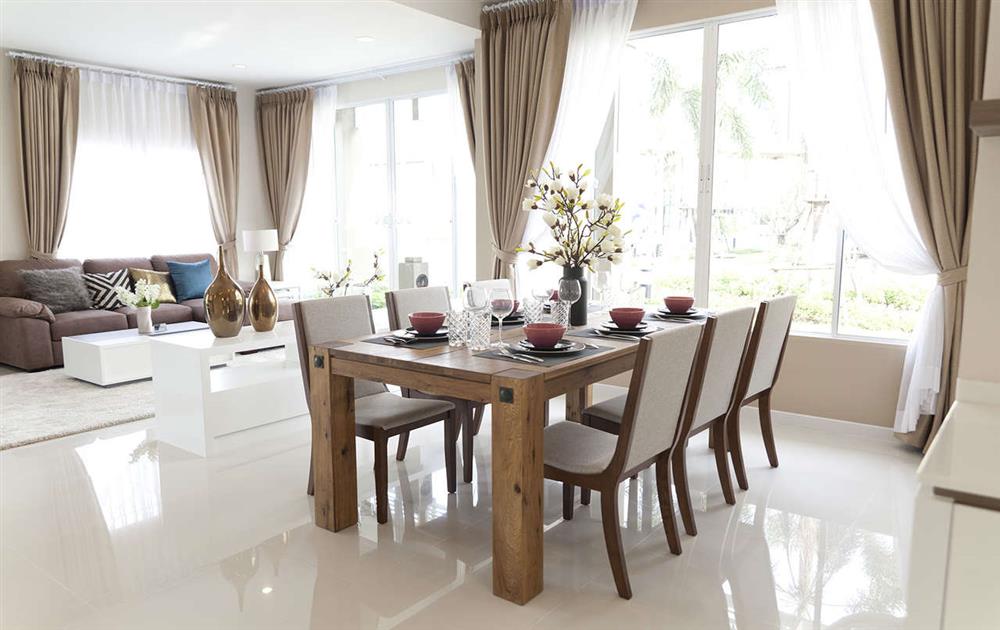 Splitting a living room can also help maximize the space in your home. By creating separate areas for lounging, dining, and entertainment, you can make the most out of the available space and avoid clutter. This can also improve the overall aesthetics of your living room, giving it a more organized and visually appealing look.
Moreover, by strategically placing furniture and décor, you can create an illusion of larger space, making your living room feel more spacious and open.
This is especially beneficial for smaller homes or apartments where every inch of space counts.
Splitting a living room can also help maximize the space in your home. By creating separate areas for lounging, dining, and entertainment, you can make the most out of the available space and avoid clutter. This can also improve the overall aesthetics of your living room, giving it a more organized and visually appealing look.
Moreover, by strategically placing furniture and décor, you can create an illusion of larger space, making your living room feel more spacious and open.
This is especially beneficial for smaller homes or apartments where every inch of space counts.
Increased Privacy and Functionality
 Another advantage of splitting a living room is the increased privacy and functionality it provides. By having separate areas, you can enjoy different activities without disturbing or distracting others. For example, one can watch TV while another reads a book or studies in a quiet corner. This can also be helpful when hosting guests, as you can have separate areas for socializing and relaxing.
Furthermore, splitting a living room can also add functionality to your home by creating designated spaces for specific activities. This can include a home office, play area for children, or a workout space.
Another advantage of splitting a living room is the increased privacy and functionality it provides. By having separate areas, you can enjoy different activities without disturbing or distracting others. For example, one can watch TV while another reads a book or studies in a quiet corner. This can also be helpful when hosting guests, as you can have separate areas for socializing and relaxing.
Furthermore, splitting a living room can also add functionality to your home by creating designated spaces for specific activities. This can include a home office, play area for children, or a workout space.
Enhancing Your Home's Value
 Lastly, splitting a living room can increase the value of your home.
With the rise of remote work and virtual learning, having a designated home office or study space has become a highly desirable feature for potential buyers.
By creating a multi-functional living room, you are not only improving your own living experience, but also adding value to your property.
In conclusion, splitting a living room is a smart and practical choice for house design. It offers a multitude of benefits, from creating a multi-functional space to improving aesthetics and increasing privacy and functionality. So, if you're looking to make a change in your living room, consider splitting it and enjoy the endless possibilities it can offer.
Lastly, splitting a living room can increase the value of your home.
With the rise of remote work and virtual learning, having a designated home office or study space has become a highly desirable feature for potential buyers.
By creating a multi-functional living room, you are not only improving your own living experience, but also adding value to your property.
In conclusion, splitting a living room is a smart and practical choice for house design. It offers a multitude of benefits, from creating a multi-functional space to improving aesthetics and increasing privacy and functionality. So, if you're looking to make a change in your living room, consider splitting it and enjoy the endless possibilities it can offer.
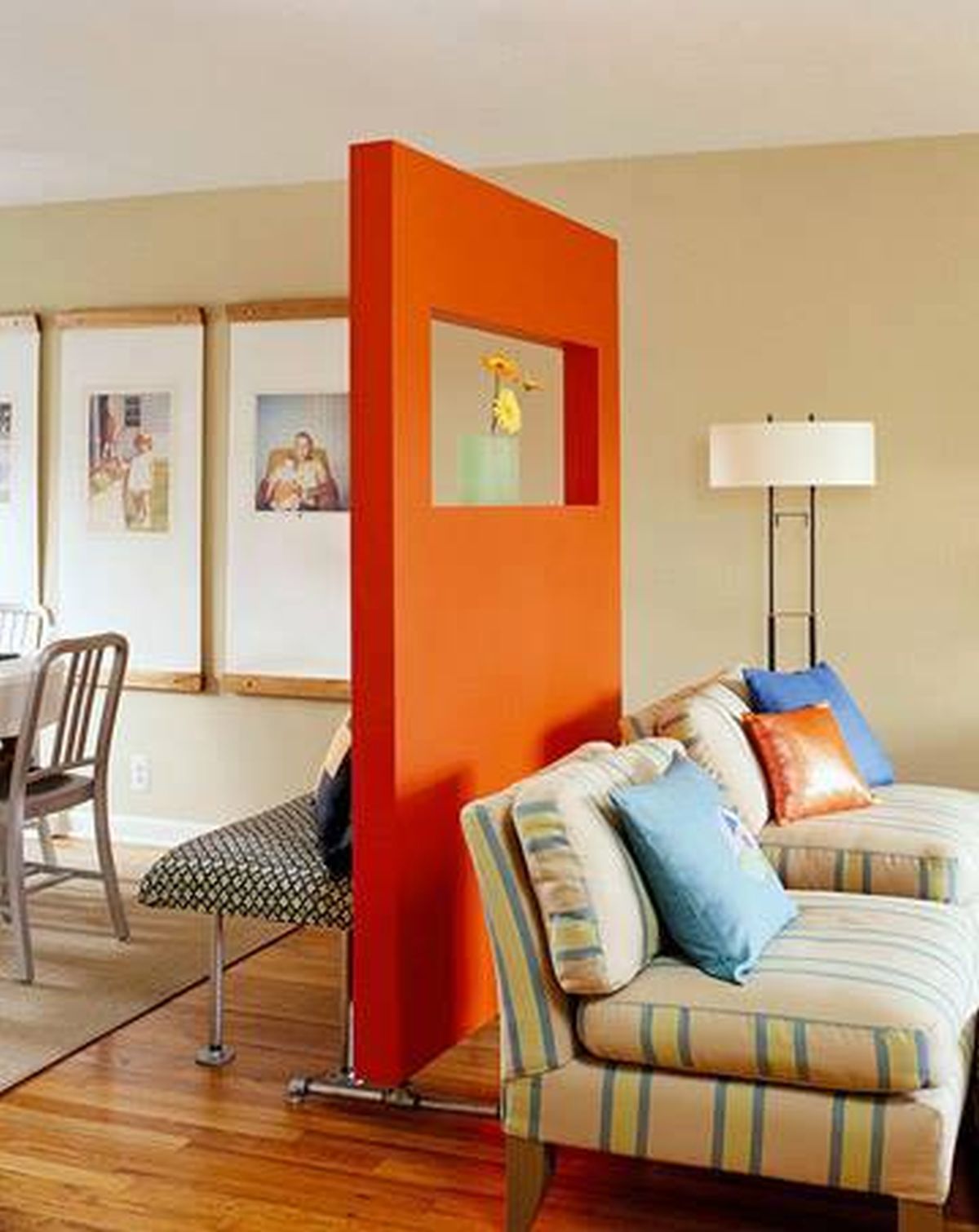

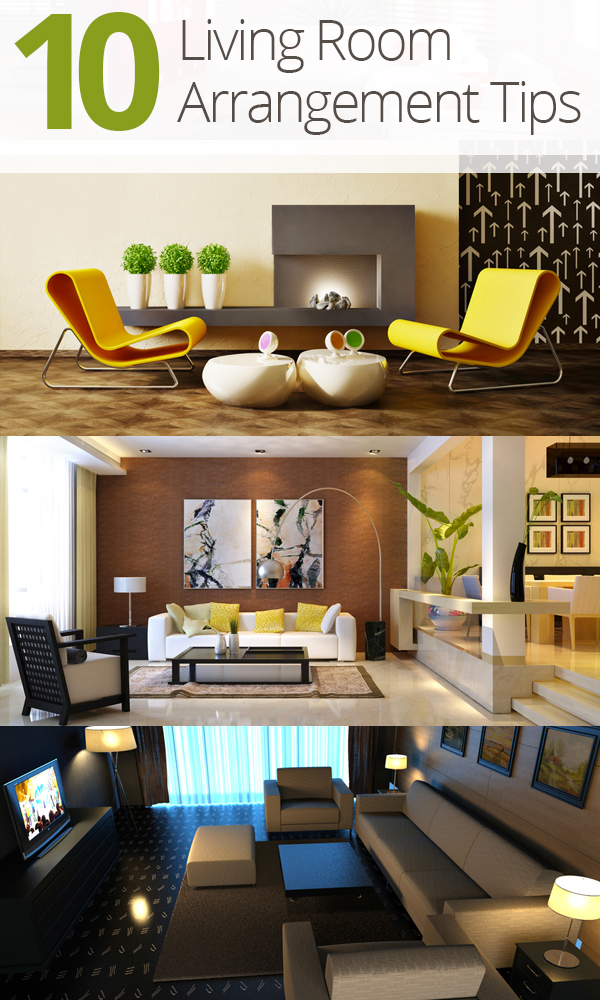



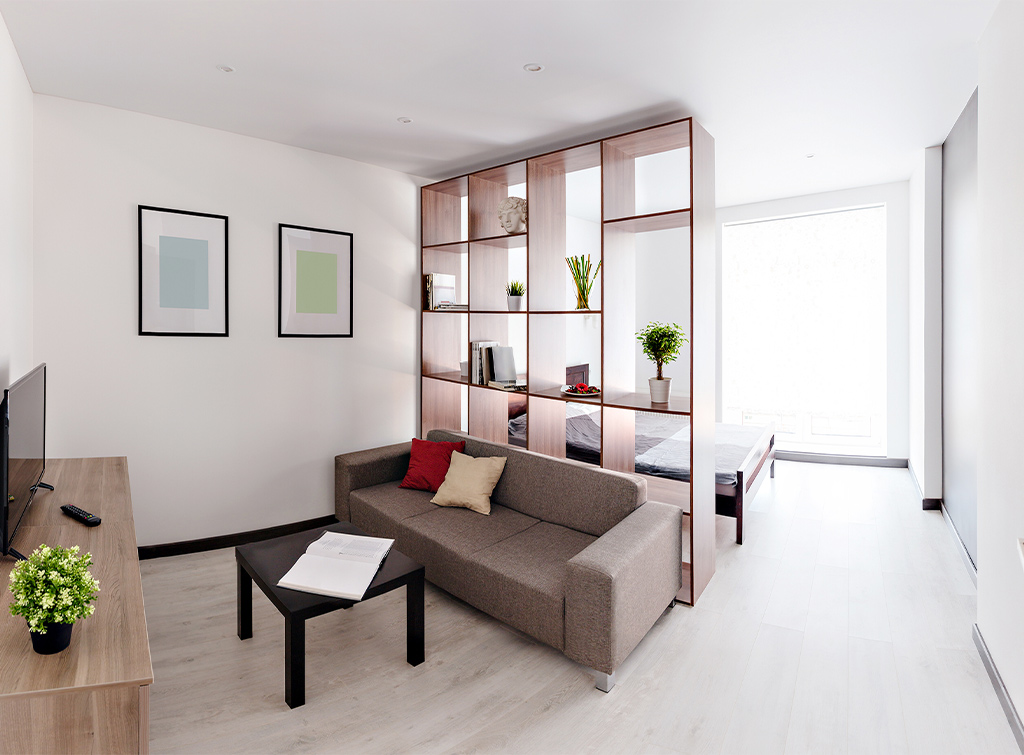

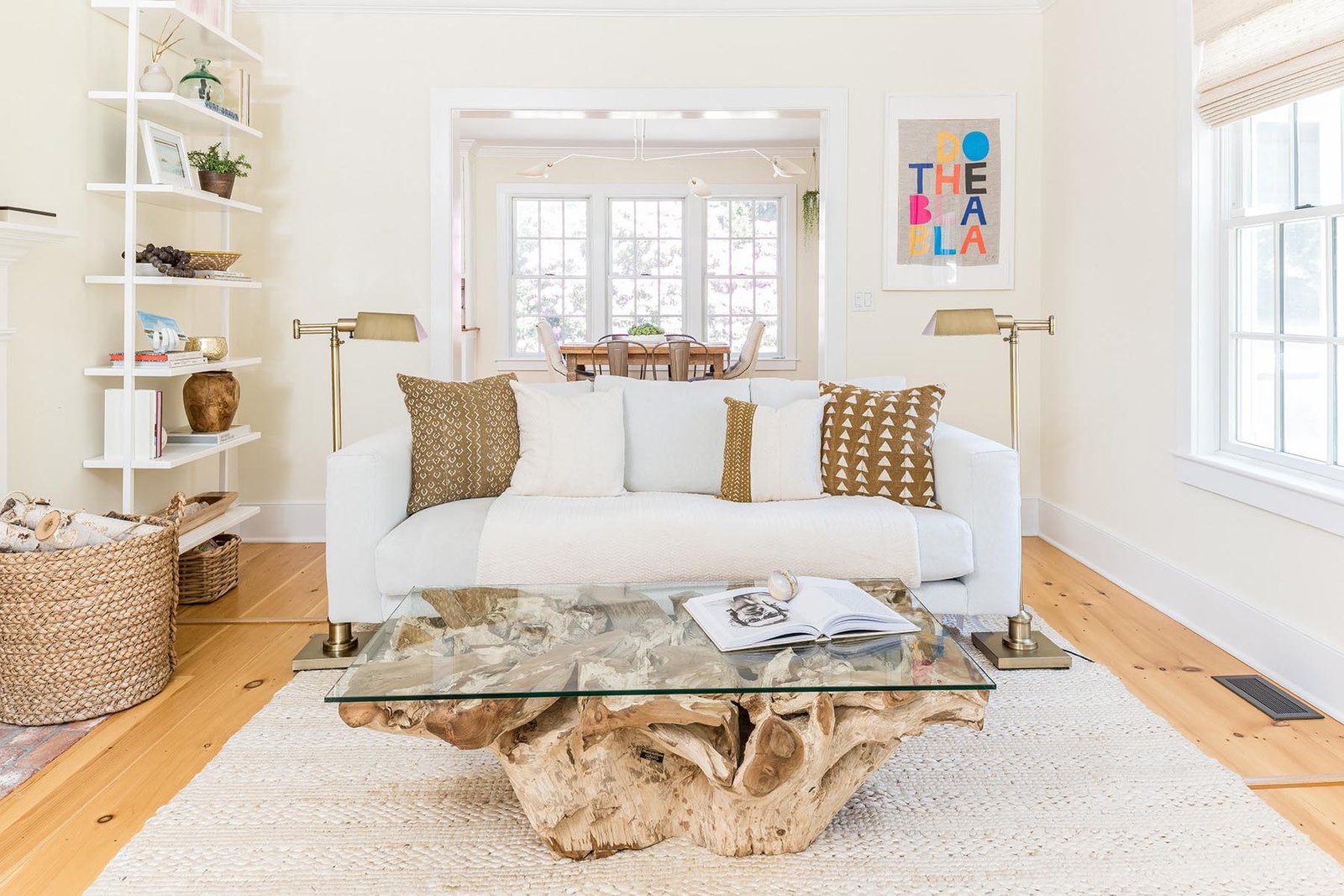







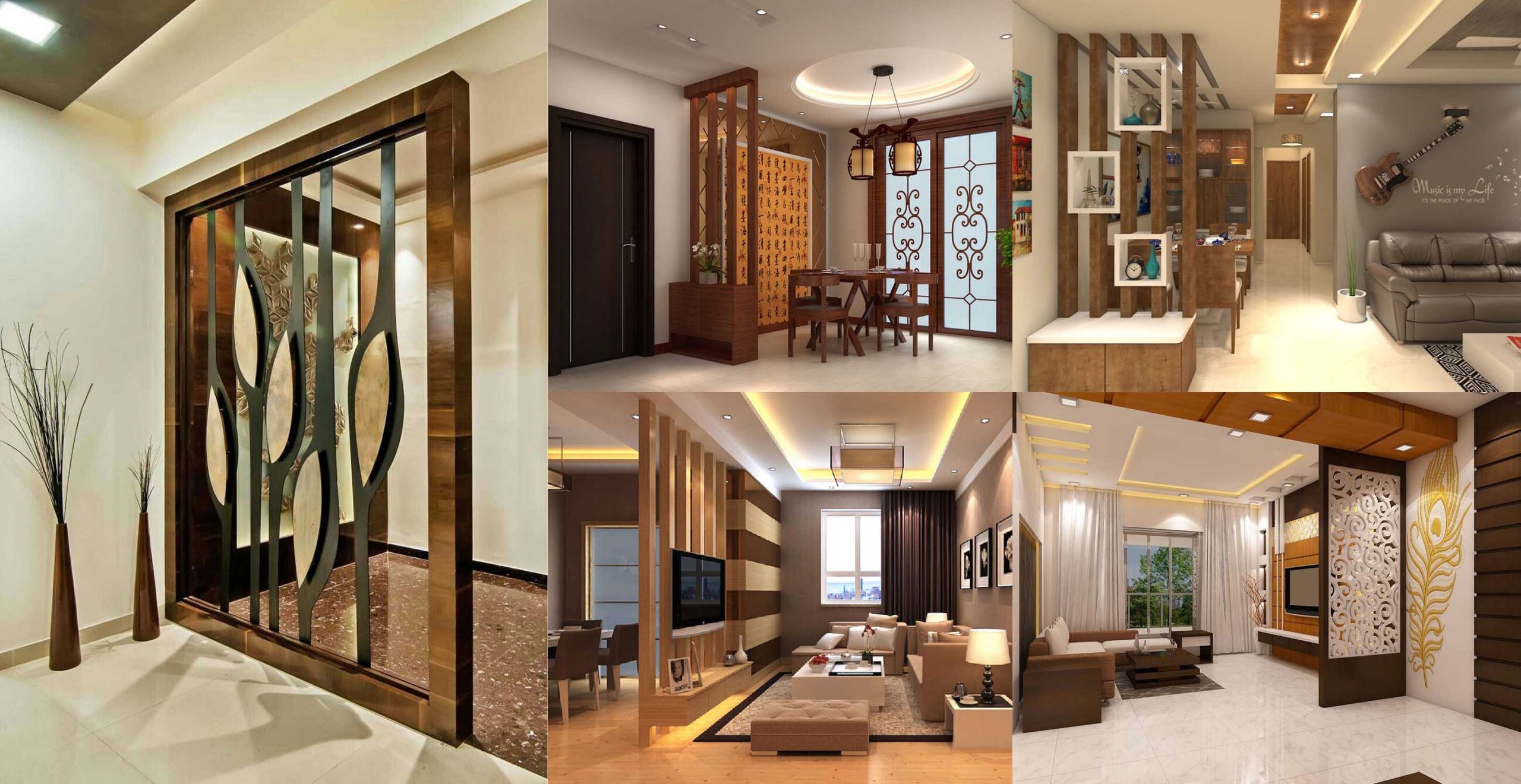



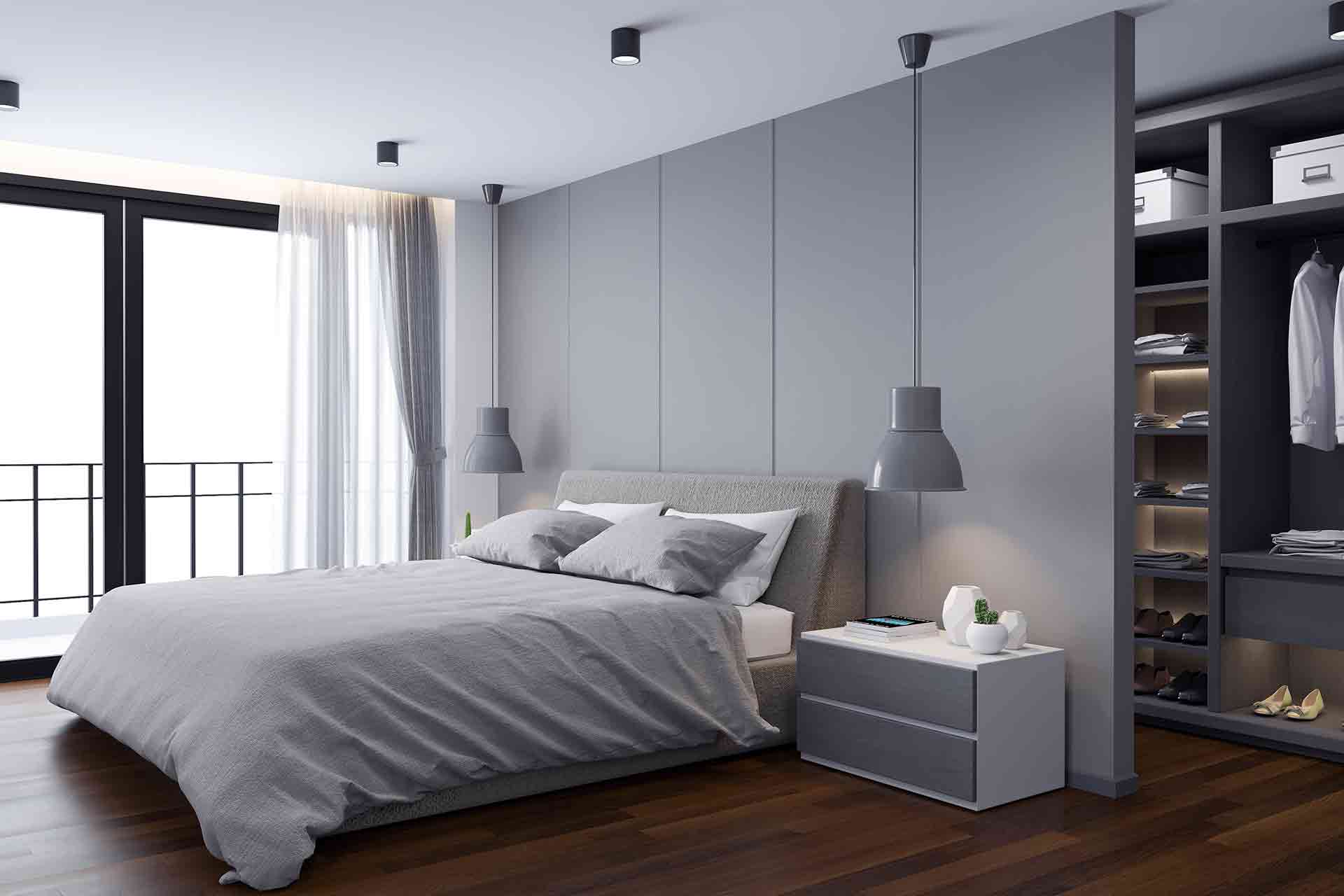


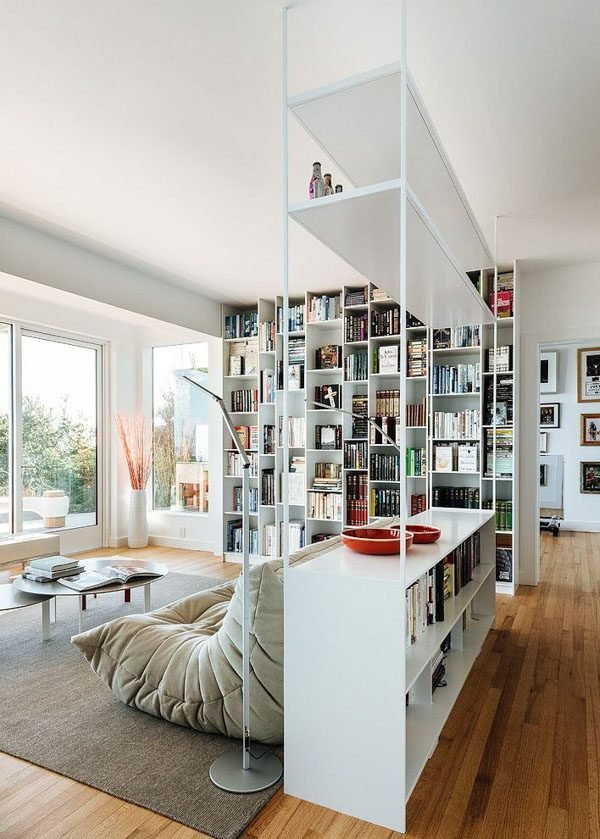



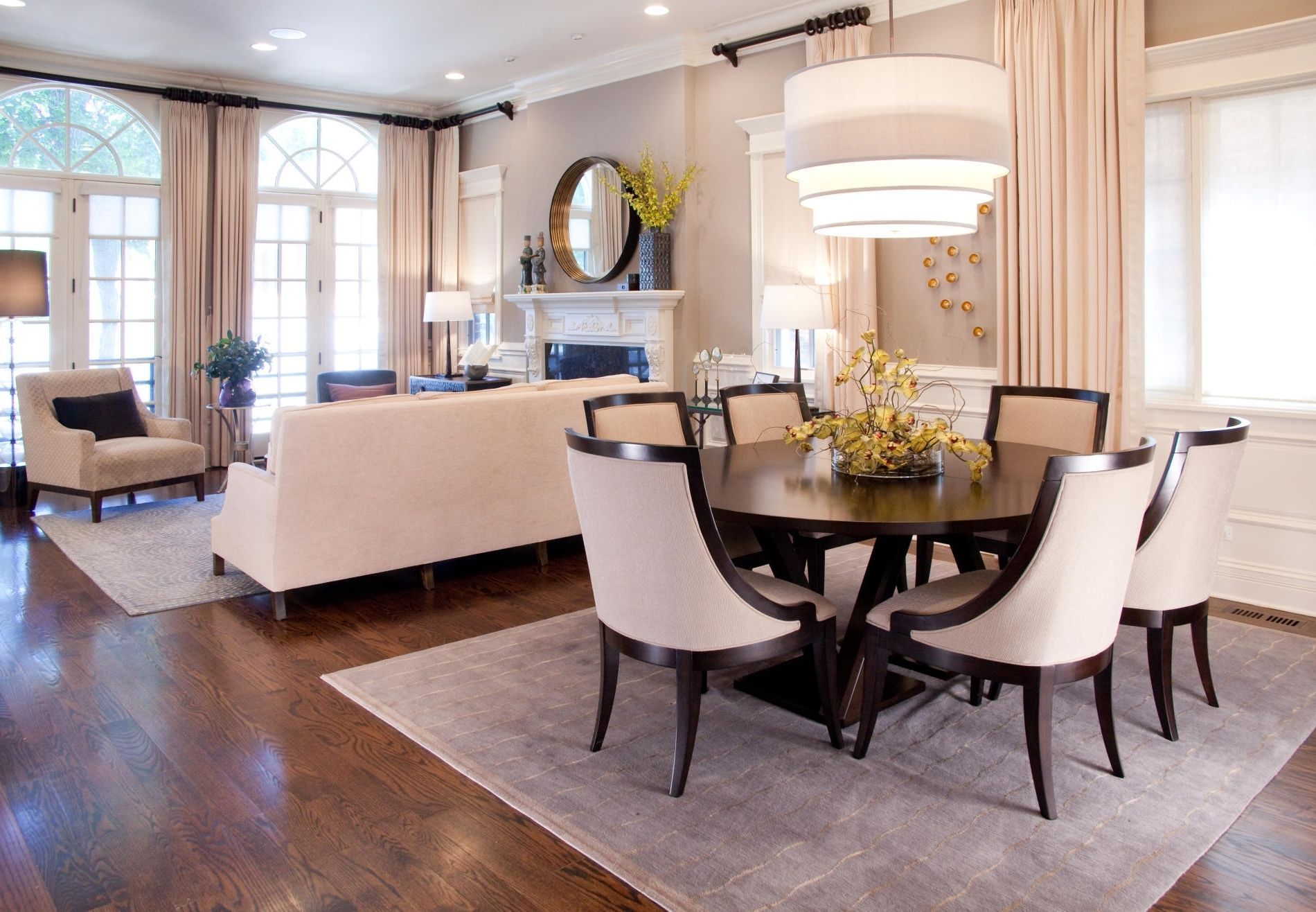


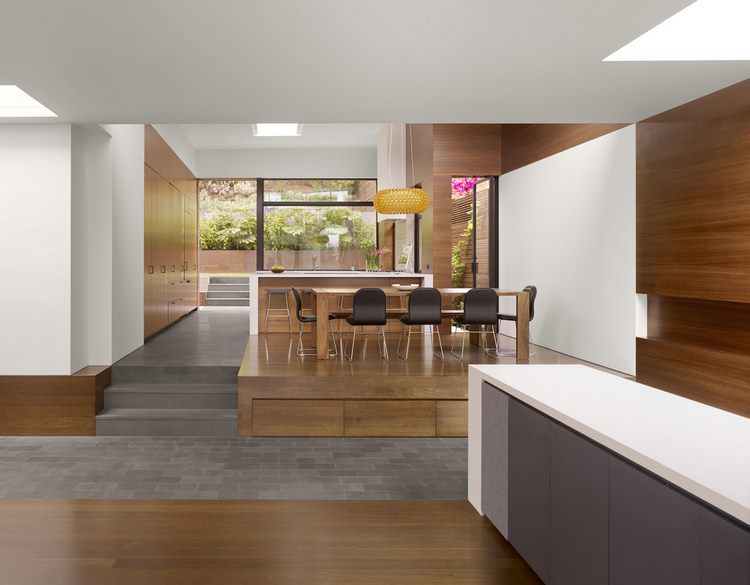





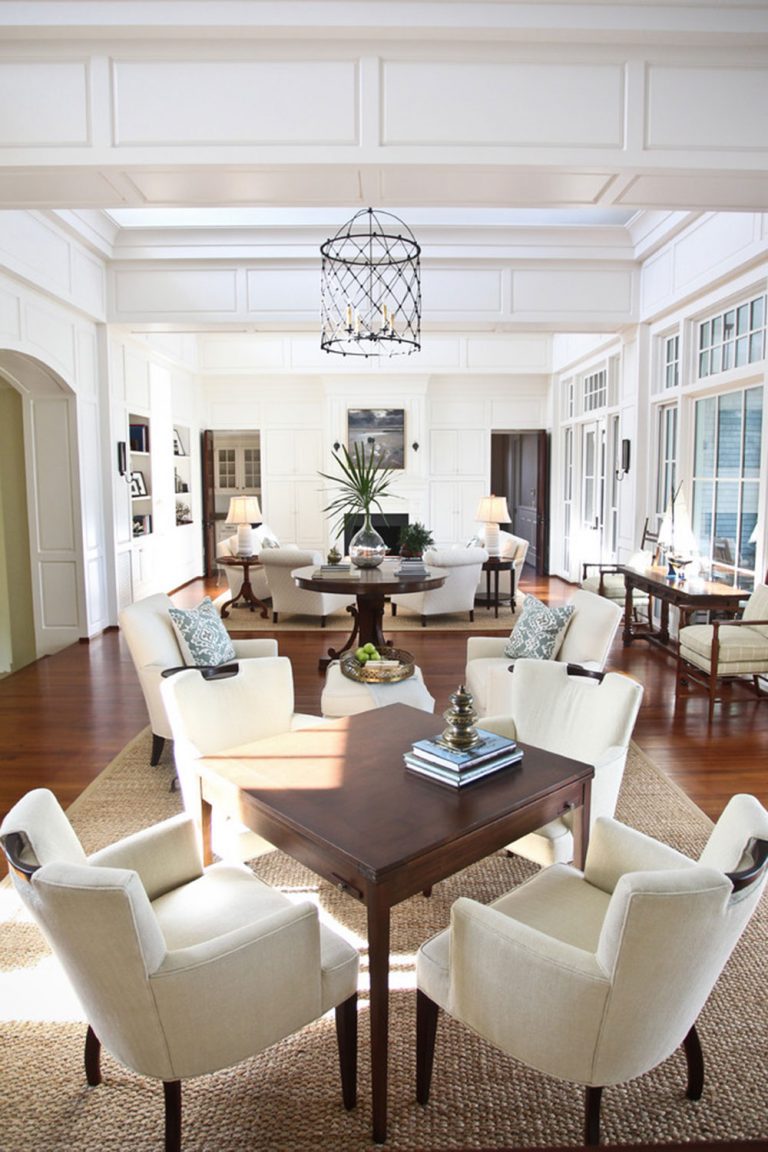



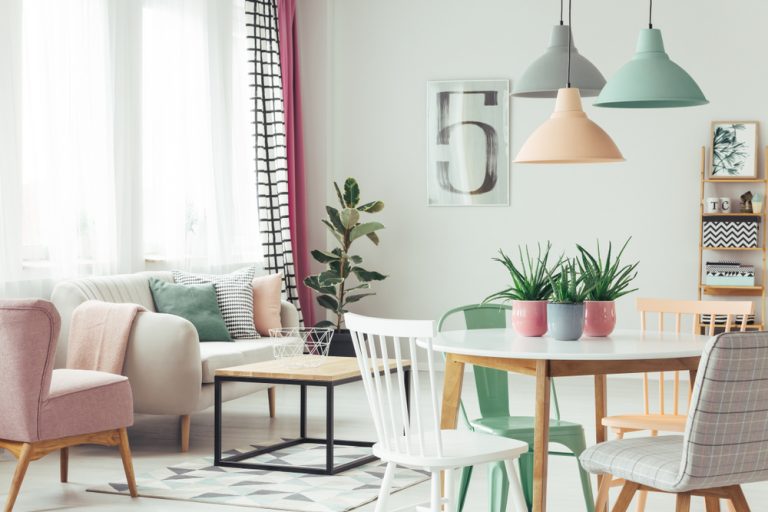

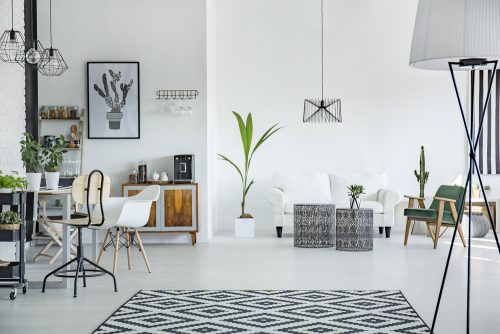






/diy-room-dividers-4138361-01-9f7af96afcdc4d1f9b02d4c5a9677f18.jpg)
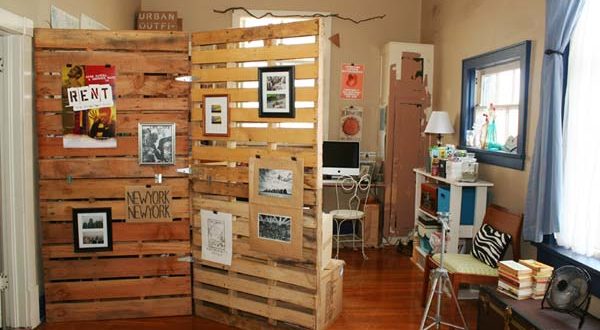










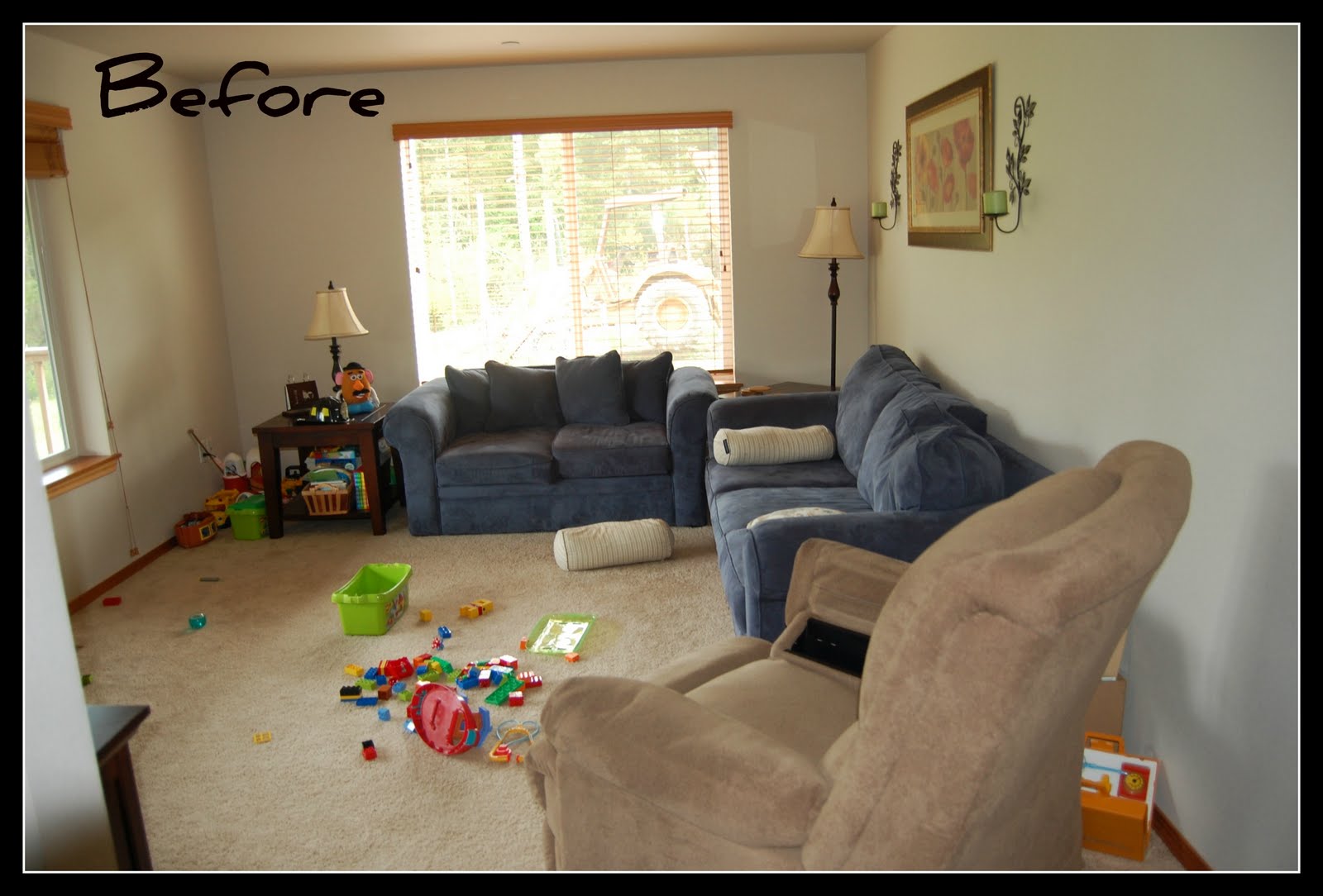


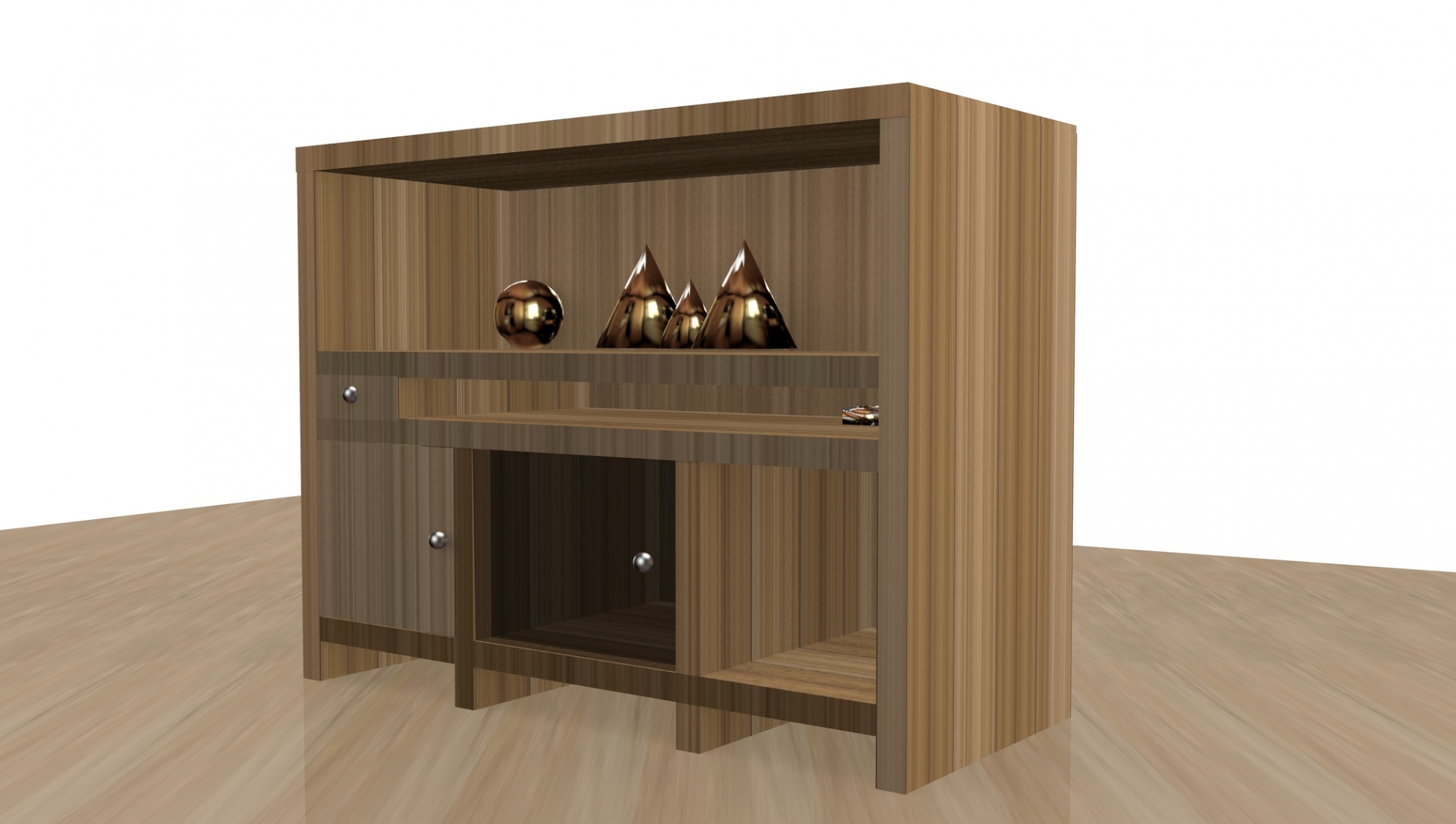
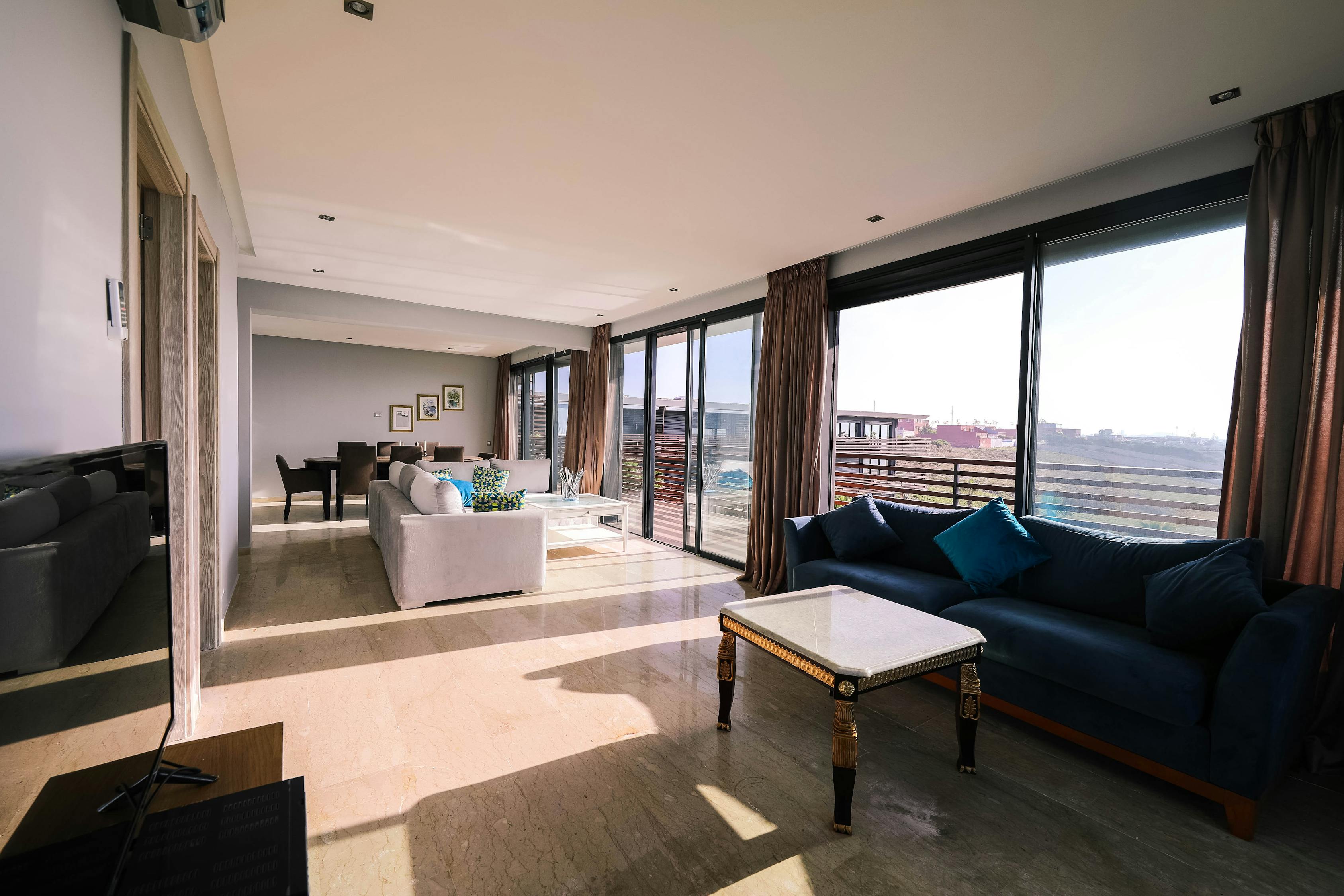




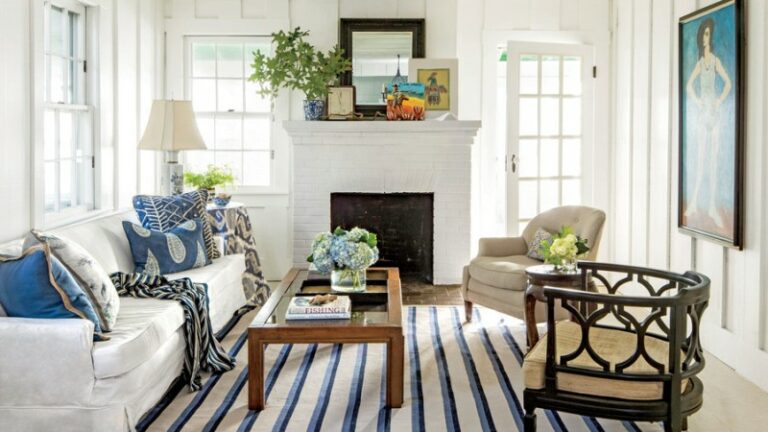
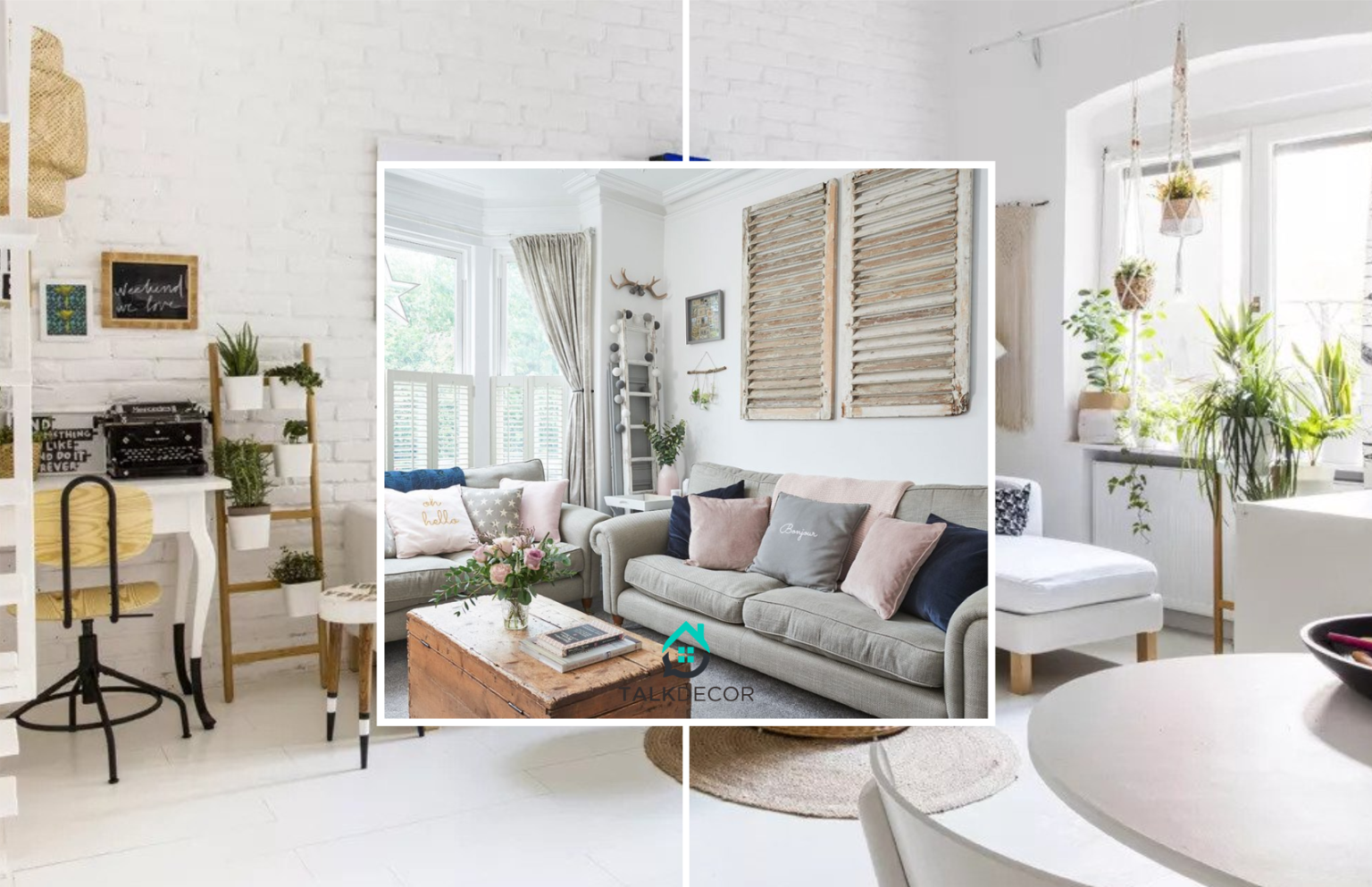











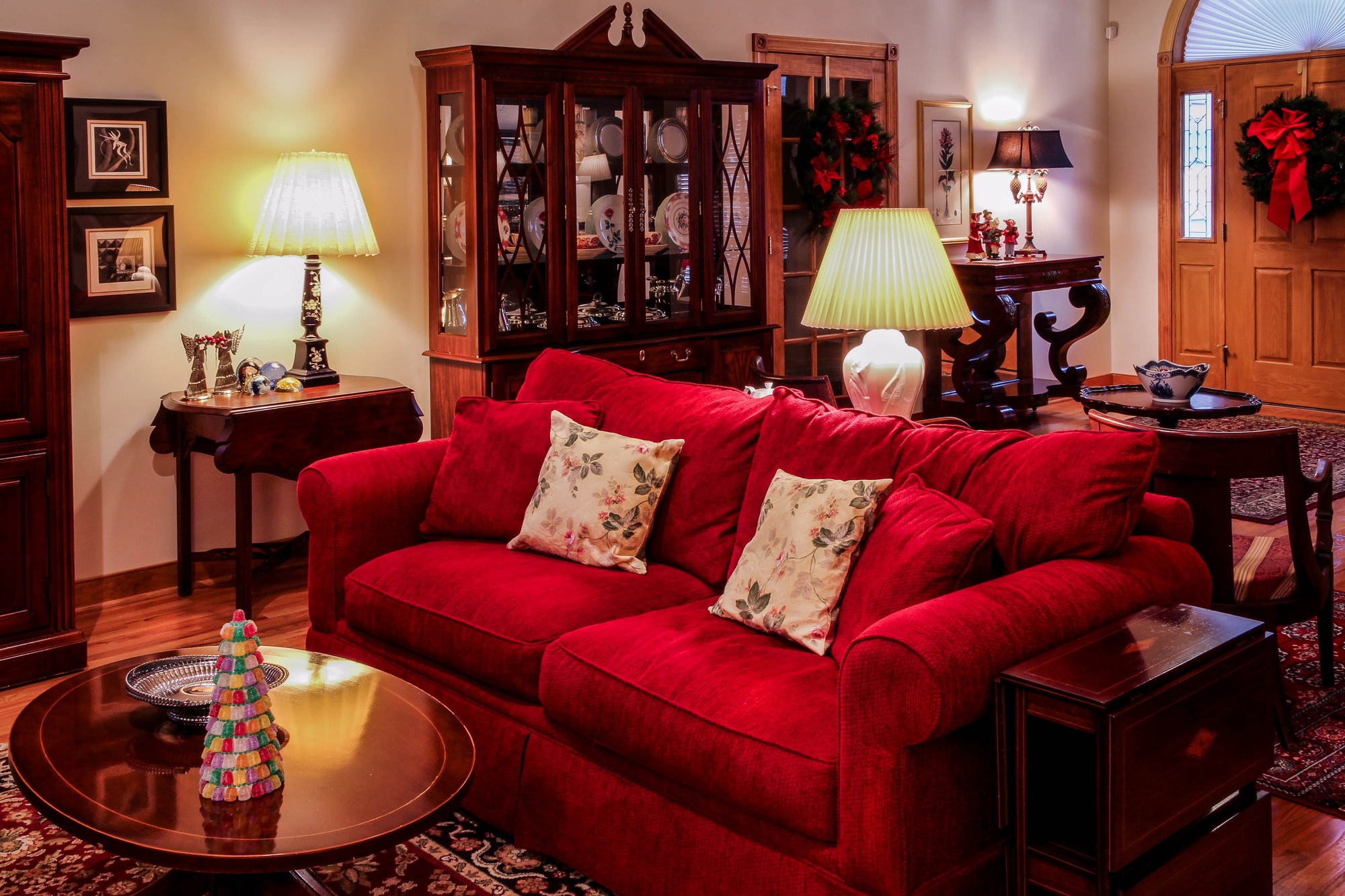


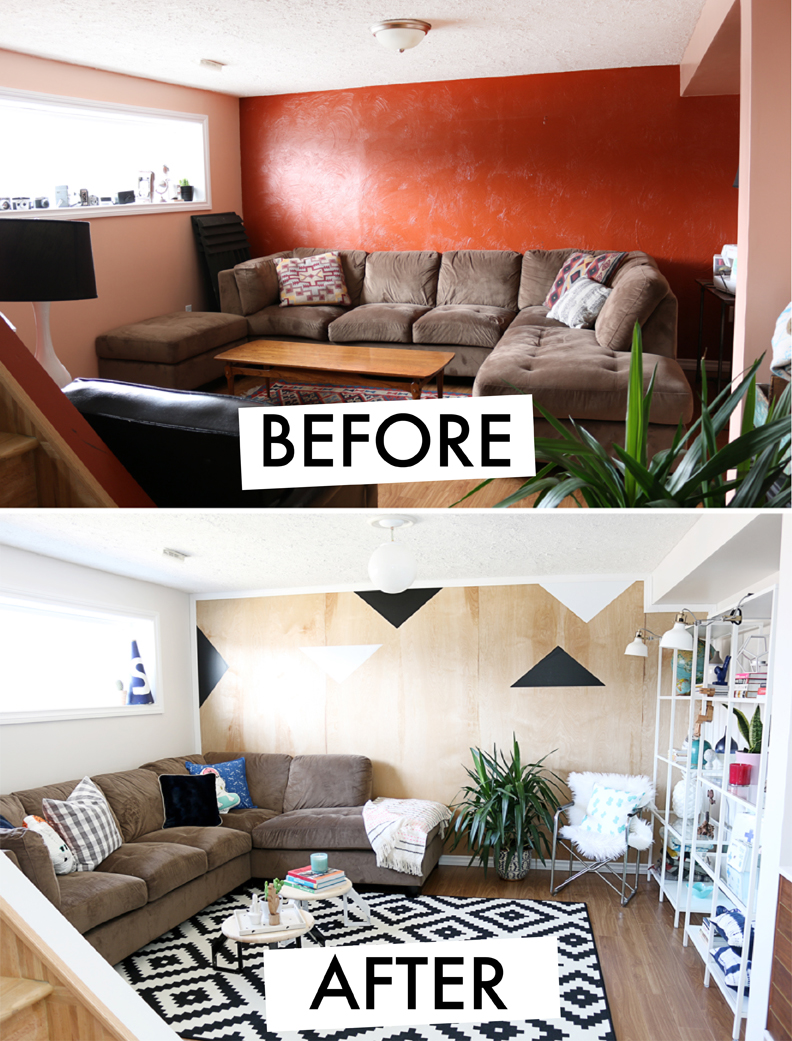
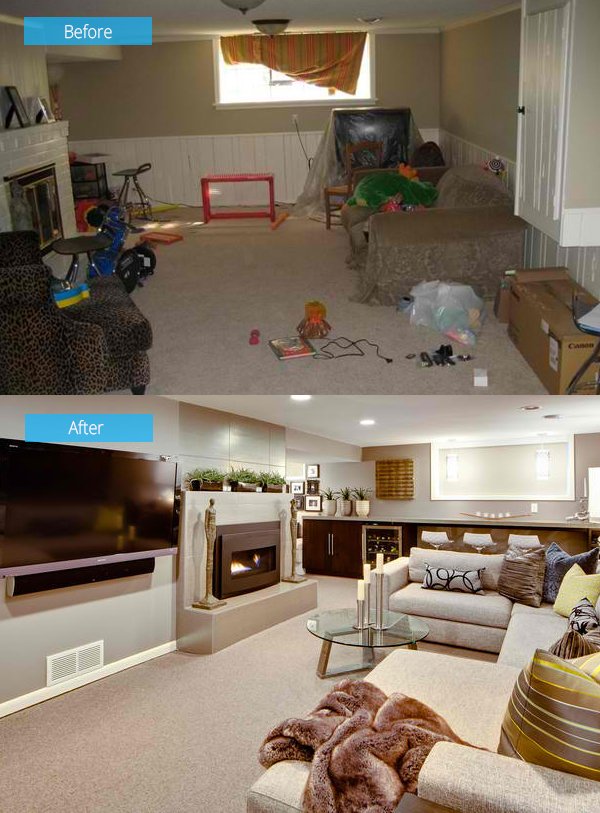
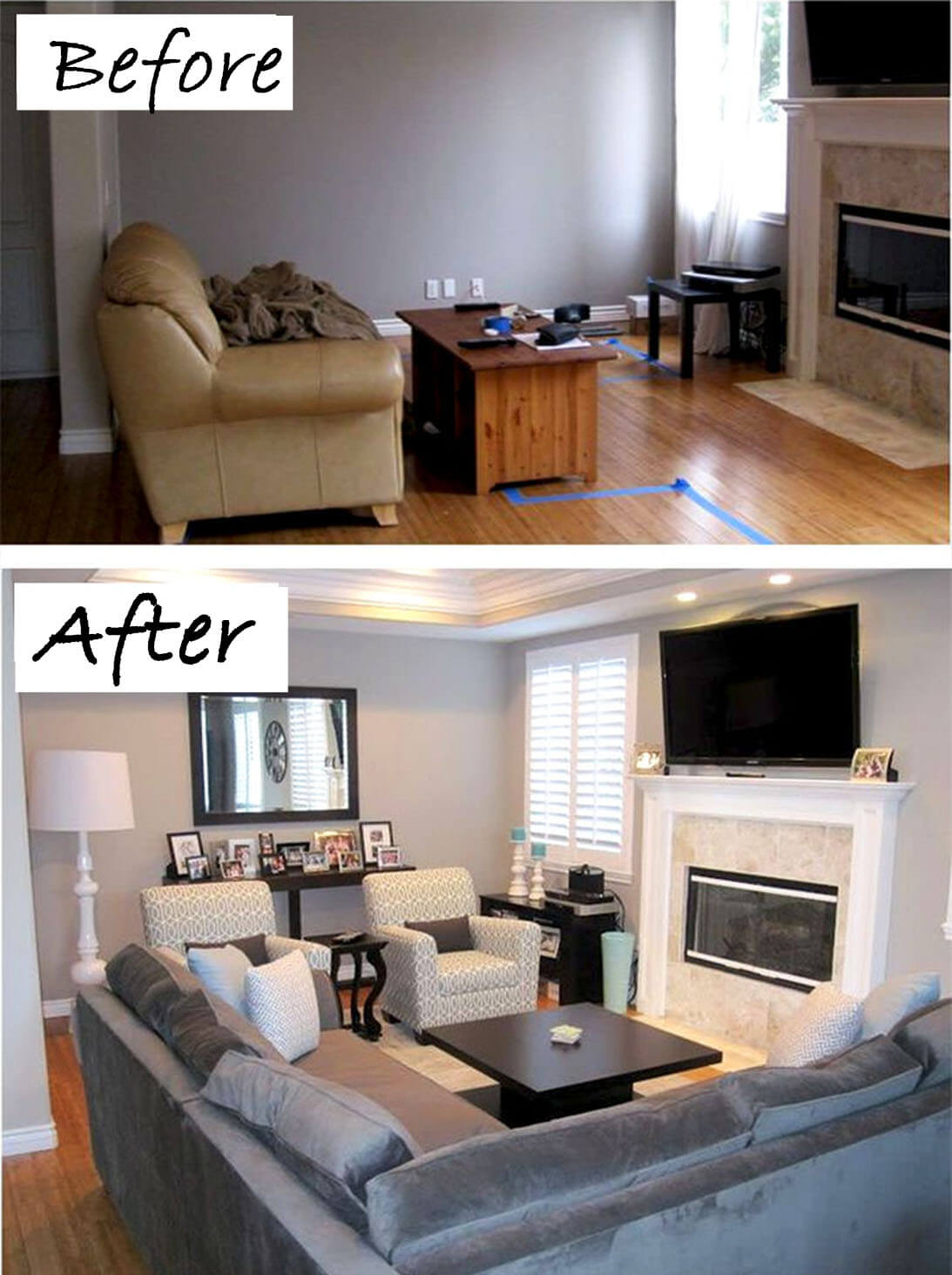
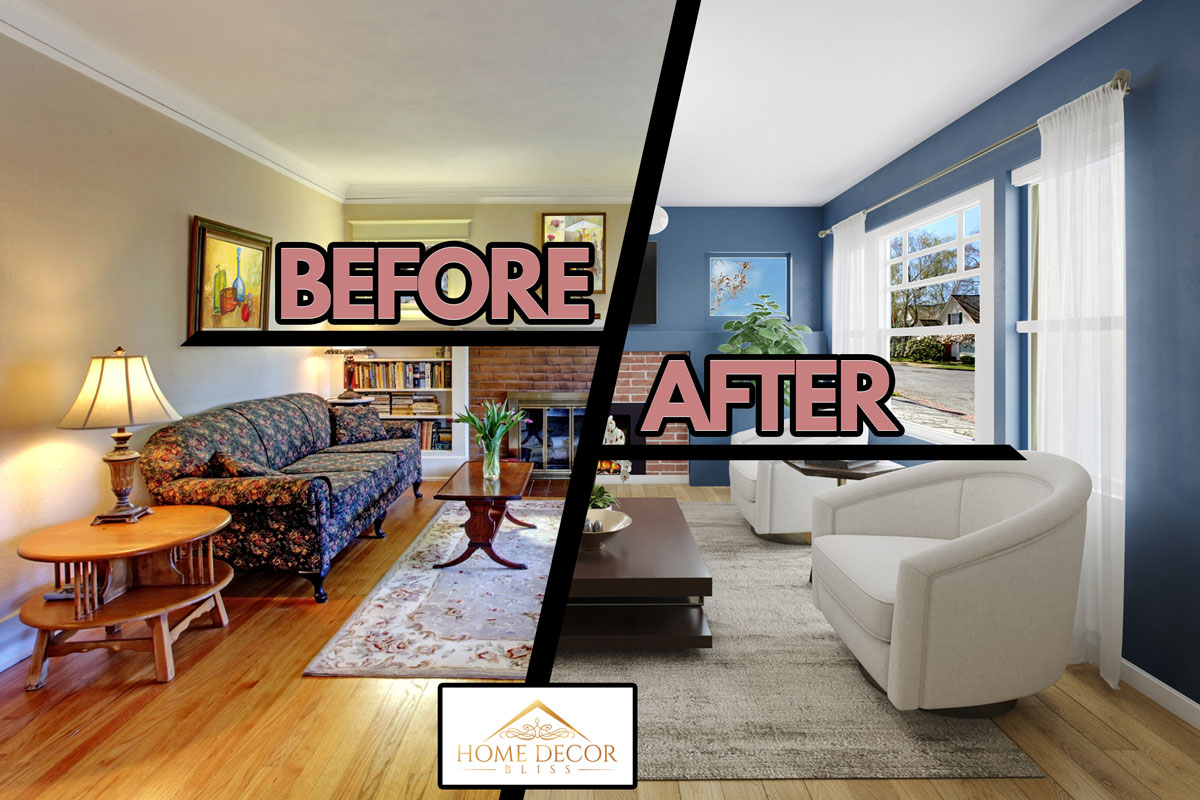

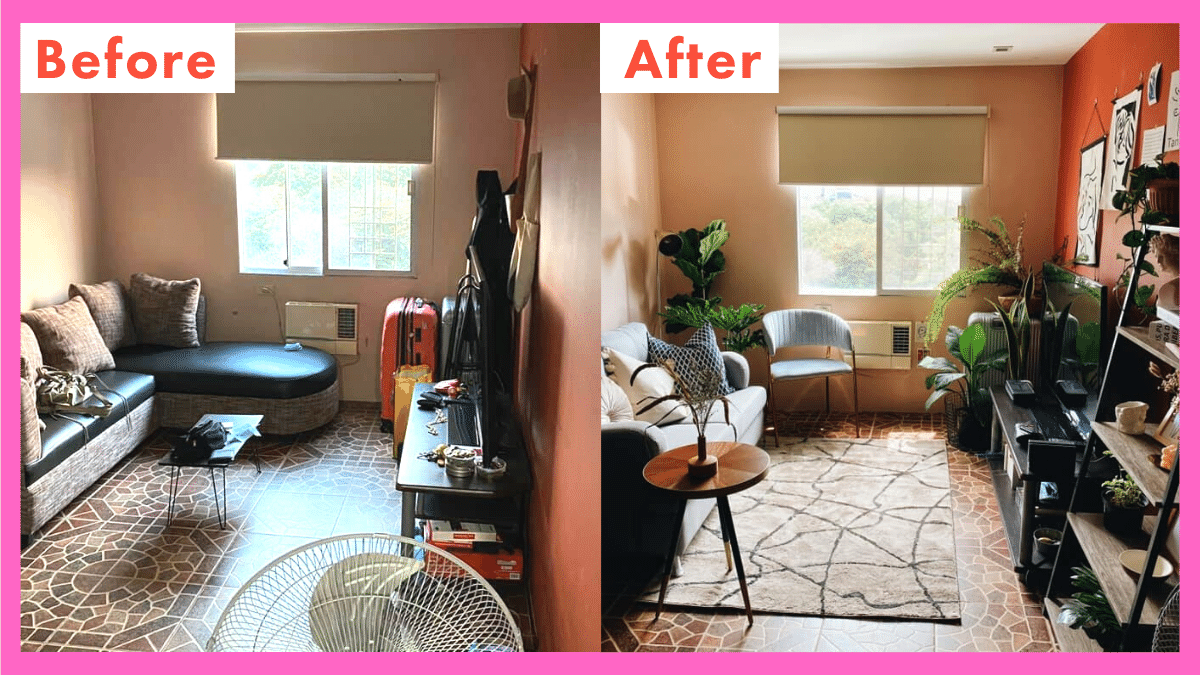
:max_bytes(150000):strip_icc()/Screen-Shot-2015-05-31-at-7.40.16-PM-56a1932c5f9b58b7d0c0c4e7.png)

